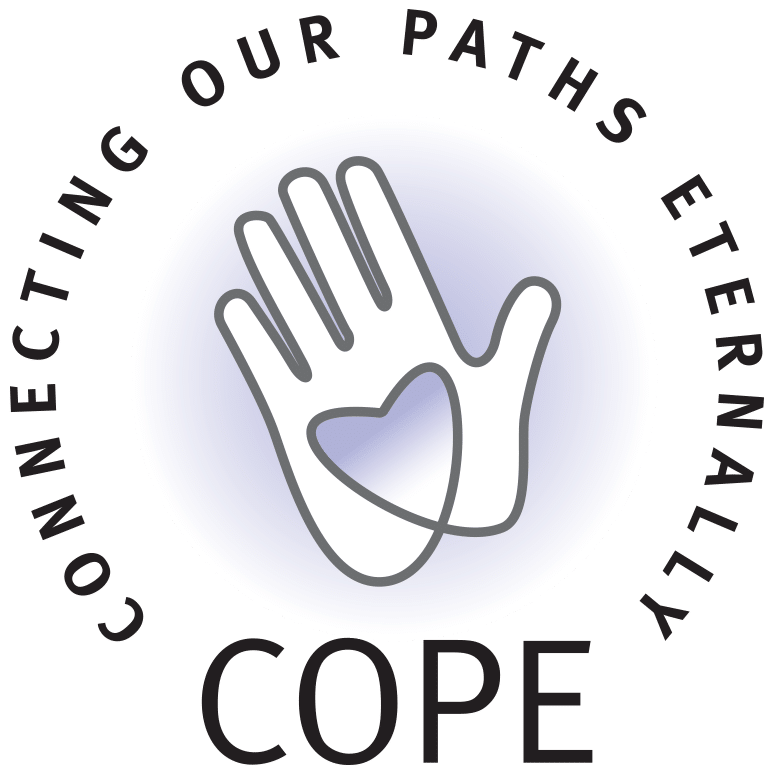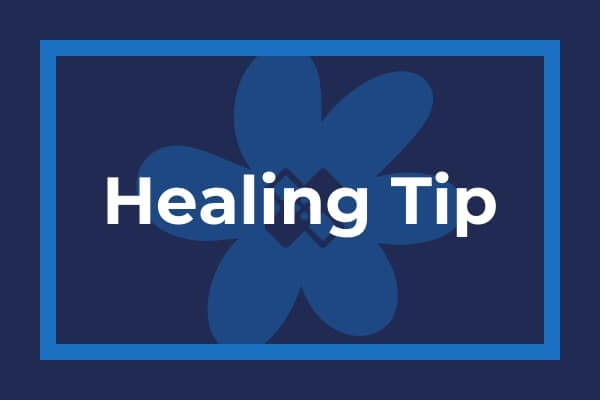Loss by Suicide
According to a report by the US Centers for Disease Control and Prevention (CDC), suicide rates for adults in the United States are on the rise; since 1999, suicide rates in 25 states increased by more than 30%. In the US, suicide accounted for nearly 45,000 deaths in 2016. Each person who dies by suicide leaves behind an estimated six or more “suicide survivors,” or people who’ve lost someone they care about deeply and are left grieving and struggling to understand.
When a death is by suicide, one might both mourn the person’s passing while also hold intense feelings about the circumstances of their death. Feelings such as anger, abandonment, and rejection can all occur after a suicide. One can also have positive feelings, such as happy memories. Sorting through all of these diverse feelings can make the healing process more challenging.
Oftentimes, the circumstances of a death by suicide lead us to ask “why?” One may second guess the things they did or did not do, wonder or wish they could have notices signs that the person was struggling earlier, and even blame themselves for not taking action sooner. The need to understand “why” is difficult as, frequently, the circumstances surrounding the death can be unclear.
There’s a powerful stigma attached to mental illness (a factor in most suicides). The stigma and shame associated with a death by suicide often leads to isolation. In light of this, it is important to not isolate. If you are struggling with coping with a loved one’s death by suicide, it is imperative to reach out and seek support.
There are many resources for survivors of suicide that can help reduce isolation and provide support during the grieving process.
For more information about suicide loss please visit the American Foundation for Suicide Prevention’s website at afsp.org.

